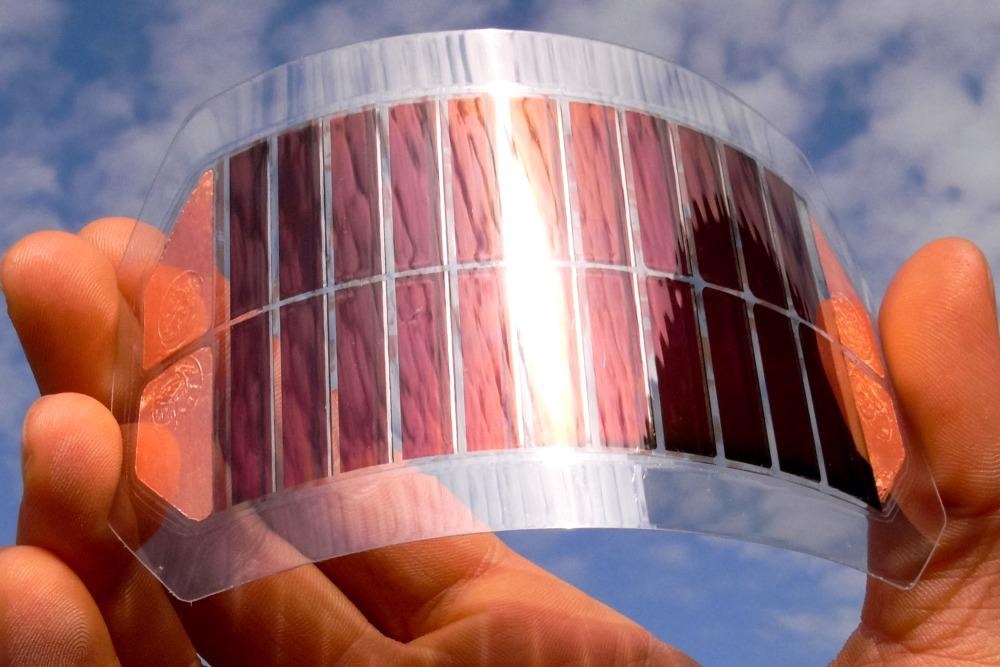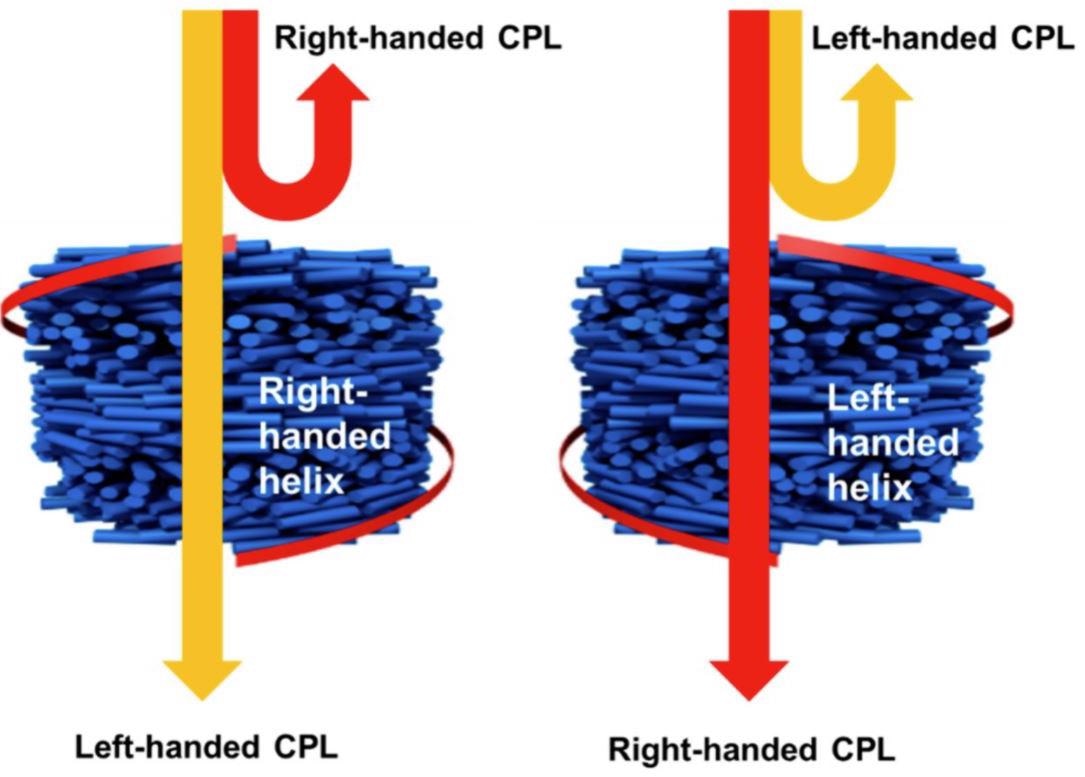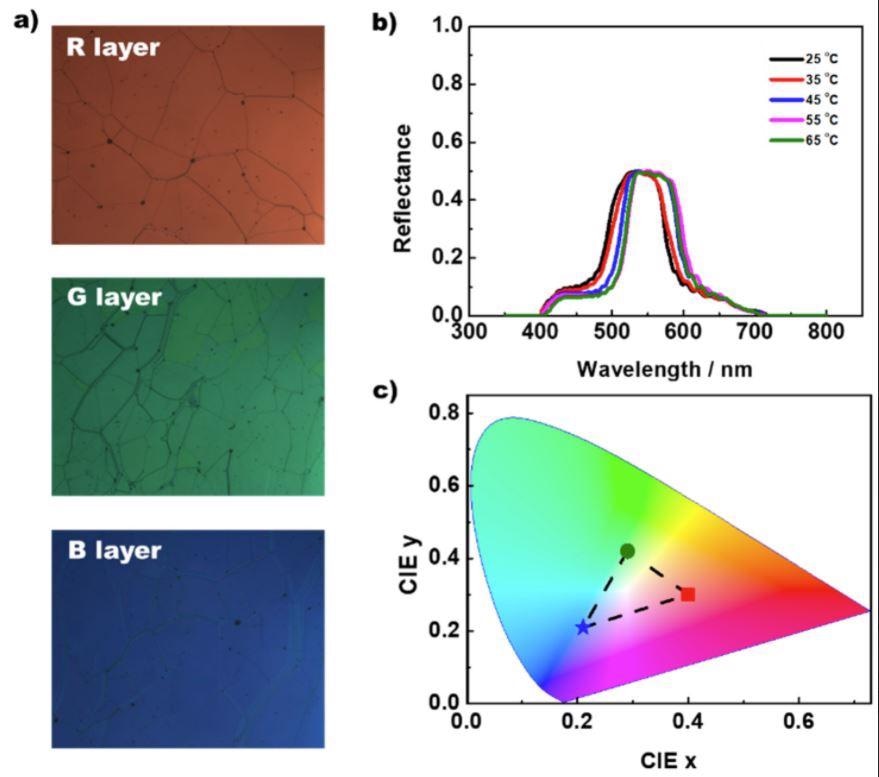Solar cells are a vital element of renewable solar technologies. Improving their performance is key to generating power from the sun more efficiently. A paper published in Crystals has explored colored photovoltaic solar cells and proposed processes to make them more efficient and increase their aesthetic appeal using cholesteric layers.

Study: Liquid Crystalline Cholesteric Reflective Layers for Colored Silicon-Based Solar Cells Image Credit: LuYago/Shutterstock.com
The Importance of Renewable Energy
The Earth is warming at an alarming rate due to anthropogenic climate change. Cities are growing larger, and our energy needs are consequently rising with population increases. Humankind still overwhelmingly relies on fossil fuels to meet our energy needs, which drives carbon emissions and the greenhouse effect.
Many options for renewable energy have been explored over the past decades as the scale of the problem becomes more urgent. Hydroelectric, wind, wave, and geothermal energy have all shown promise to increase the proportion of renewables in the energy mix. Our sun is a nearly limitless resource of power, and various strategies have been proposed to capture its nuclear energy.
BIPVs and Colored Photovoltaic Solar Cells
Solar cells have been long proposed to provide for renewable energy generation. Building-integrated photovoltaics have garnered interest due to their ability to help realize total energy harvesting, which will help to achieve net zero carbon emissions. These photovoltaic systems can be installed on every exterior surface of a building, including windows, walls, roofs, and doors.

Illustration of the reflective and transmissive optical characteristics of Ch phases. Image Credit: Bae, S et al., Crystals
Beyond performance issues, the solar cell color is also important, as the color of a building affects its aesthetic value as well as the overall appearance of urban population centers.
There are two types of colored photovoltaic solar cells: semitransparent and opaque. The absorbance of the semitransparent SCs can be modified by tuning their photoactive layer. Perovskites and organic PVs are good choices for this photoactive tuning. They have been explored for installation on glass roofs and windows. Currently, opaque SCs are better choices for walls and rooftop installations.
Issues with Semitransparent Colored SCs
Whilst providing promising applications, there are issues with semitransparent colored SCs that must be addressed before they can be truly realized. For example, power conversion efficiency loss is significant compared to conventional black SCs. This is due to absorbance tuning of the photoactive layer. Overcoming this issue will widen the potential application of these types of photovoltaic solar cells, increasing their efficiency and aesthetic appeal.
Creating Colored Opaque SCs
As mentioned, opaque SCs are currently better suited to installation on walls and rooftops. Colored versions of these photovoltaic solar cells are made by integrating colored layers based on a variety of materials, including nanomaterials.
One such way to manufacture them is to attach plasmonic color filters to them, which are made of metallic nanowires on a substrate of opaque solar cells. Modulation of reflective colors is achieved by the metal grating’s width or thickness. Multi-nanolayered oxide filters with reflective properties have also been explored.
Colored SCs Manufactured Using Liquid Crystalline Materials
Motivated by previous studies, the team explored using liquid crystalline materials to manufacture colored solar cells. In the study, a prototype version of this new class of solar cells was fabricated. This used liquid crystalline cholesteric phases to integrate a reflective colored layer. Feasibility tests were carried out by the team.

(a) Typical polarized optical microscopy images of the red (R), green (G), and blue (B) Ch layers. The images were captured in the reflective mode. (b) Typical reflectance curves for the G Ch layers, obtained at different temperatures. (c) Color coordinates of the reflectance spectra of the fabricated R, G, and B Ch layers. Here, the reflectance spectra of the fabricated R, G, and B Ch layers were obtained by illuminating the layers with normally incident light. Image Credit: Bae, S et al., Crystals
The team used wet processes and organic compounds to create these solar cells, and, compared to other 1D fabrication methods, no vacuum process was used. Spontaneously organized helical structures in the 1D liquid crystal layer selectively reflect light, which is observed as colors. This makes these SCs attractive targets for colored opaque solar cell technology.
Key Challenges
Challenges exist with the prototype that must be addressed before the method can be considered for further development into a real-world application. The cholesteric layers have inherent limitations that severely impact the performance of the liquid crystal colored SC. This results in limited reflectance or around 50% compared to other colored SCs as well as a narrow range of colors due to unfavorable bandwidth. Additionally, the color change is strongly dependent on the viewing angle.
The team suggested strategies for reducing parasitic losses in the cholesteric layer that impact their effectiveness. If these strategies can be implemented, the performance and color-changing properties of the technology will be vastly improved.
In Summary
This prototype liquid crystal cholesteric colored solar cell fabricated by the team shows huge potential for the future of colored solar cell applications. Due to the spontaneously organized helical structures achieved in the fabrication process selectively reflecting light, they are attractive proposals for the technology. However, challenges still exist before this technique can gain commercial viability for building-integrated photovoltaic applications with aesthetic appeal.
Further Reading and More Information
Bae, S et al. (2021) Liquid Crystalline Cholesteric Reflective Layers for Colored Silicon-Based Solar Cells [online] Crystals 11(11) 1336 | mdpi.com. Available at:
Disclaimer: The views expressed here are those of the author expressed in their private capacity and do not necessarily represent the views of AZoM.com Limited T/A AZoNetwork the owner and operator of this website. This disclaimer forms part of the Terms and conditions of use of this website.